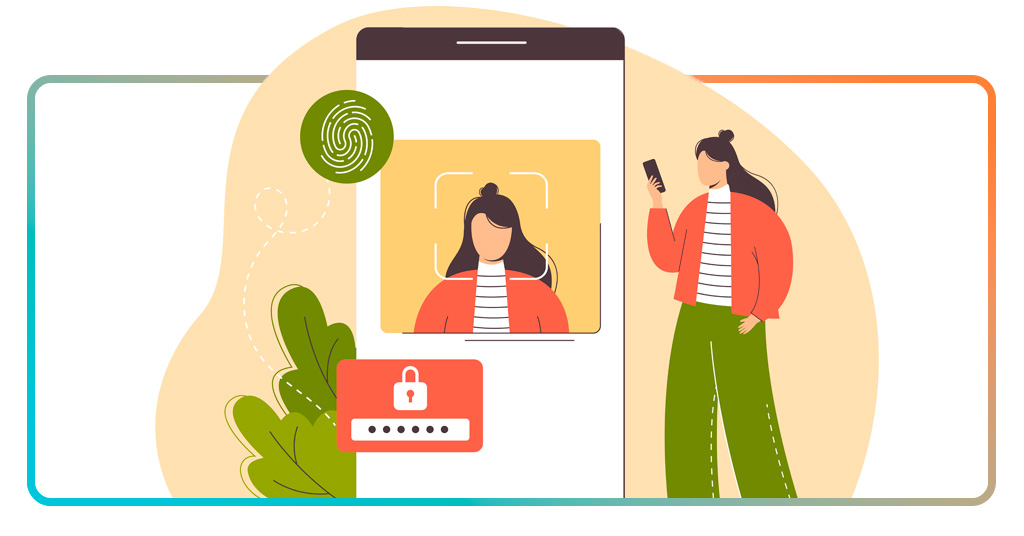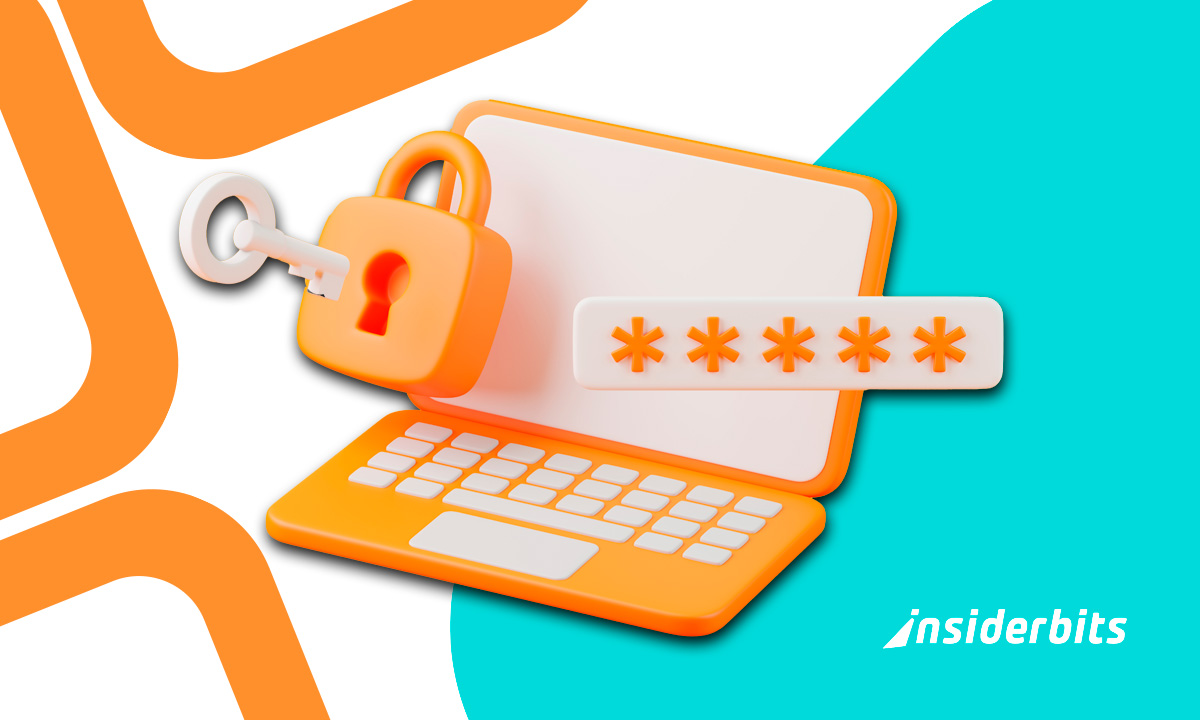The end of passwords signals a major shift in how people access their digital lives, moving toward faster and safer authentication methods.
As big tech companies roll out biometric and passkey systems, users are beginning to experience security without the friction of traditional logins. This new approach reduces human error that often compromises online safety.
What was once a security habit is now giving way to face and fingerprint recognition, or device-based trust.
- 5 Apps that Show WiFi Passwords
- How to Share Passwords Easily with Google Family
- Secure Passwords: Empowering You in Cybersecurity
The End of Passwords: The Rise of Facial and Fingerprint Logins
Biometric tools such as facial recognition and fingerprint scans are becoming the default settings in phones, laptops, and smart devices.
With Apple, Google, and Microsoft supporting passkeys through universal standards, users can now log in without creating or remembering any password.
This evolution allows people to access apps through encrypted keys tied to their physical identity or device signature.
As this model spreads, biometric access is no longer futuristic; it’s already embedded in daily routines.
What makes passkeys powerful is that they don’t store shared secrets on external servers, removing the main vector for phishing and credential theft.
Instead, public-private key cryptography authenticates users without exposing data, creating safer login environments across networks.
The shift also improves accessibility, helping users with disabilities avoid complicated login processes.
With some vulnerabilities minimized, passwordless systems are creating a new digital norm.

Biometric Security: How Safe Is It Really?
Biometric authentication offers convenience, but it also introduces new concerns about identity permanence and system accuracy.
Unlike passwords, biometric traits cannot be changed once compromised, raising the stakes when breaches occur. Facial spoofing or stolen biometric templates still represent challenges that developers are racing to solve.
Nevertheless, layered encryption and device-only storage have improved the resilience of most current systems.
Passkeys reduce dependency on cloud-stored credentials by tying access to hardware, making them harder to intercept remotely.
However, critics argue that linking security to devices may limit flexibility or increase risk if devices are lost or stolen.
To counter this, secure recovery systems have become essential parts of biometric frameworks.
Passkeys and Face ID: Are We Ready for the Transition?
The shift from traditional passwords to tools like passkeys and Face ID signals a broader change in how users access digital environments.
Instead of memorizing complex combinations, people now use fingerprints or facial scans that link identity directly to the device.
This method reduces entry friction and removes the human error that often leads to weak security habits or password reuse.
Also, passkeys store encrypted credentials locally and sync securely across devices, offering seamless login without text-based input.
Face ID, for instance, authenticates identity using facial geometry, allowing instant access without typing or touching a screen.
While both are designed for ease, they also raise questions about long-term accessibility and cross-platform compatibility.
Still, for most users, the immediate benefit is convenience with fewer steps and greater protection.
However, concerns remain about biometric data storage. Some worry that a locked face or unresponsive sensor could restrict access in emergencies or shared-use scenarios.
But with ongoing development and improved fallback options, the transition feels more practical than theoretical.
Devices and Apps That Already Support Passwordless Access
The end of passwords isn’t theoretical, millions of users already rely on face or fingerprint logins across their daily platforms.
Social networks and banking platforms now support biometric access for added speed and security.
Google Chrome, Safari, Microsoft Edge and other web browsers are compatible with passkey logins, allowing users to access accounts without password fields.
In addition, mobile devices are also ahead of the curve, with Android and iOS integrating biometric login as the default on most new models.
Also, e-commerce is adopting passkey support to reduce checkout friction and enhance trust in online purchases.
Consequently, digital wallets and cryptocurrency platforms benefit from passwordless protection as well, securing sensitive transactions with device-linked keys.
Beyond convenience, this transition reduces helpdesk costs and login recovery times across corporate systems.
Each new app that supports passkey access moves us closer to a future where passwords are no longer needed at all.
What Happens to Our Privacy in a Password-Free World?
The end of passwords carries implications beyond convenience; it redefines how identity is managed and authenticated online.
By tying access to biological or device-based markers, individuals trade memorized credentials for seamless but deeply personal identification.
This shift raises questions about the ethical boundaries of passive surveillance technologies.
Although most systems store biometric data locally, concerns remain about third-party access and long-term data usage.
As identity becomes increasingly integrated in hardware, ownership, and control over personal data must remain a priority. Advocates call for transparent protocols and robust opt-out options to preserve digital autonomy.
In summary, the goal is to balance usability and protection, creating systems that empower users without silently exploiting their unique traits.
The End of Passwords: Why Biometrics Will Change Everything – Conclusion
The end of passwords marks a pivotal moment in cybersecurity, where personal identity replaces outdated strings of text.
Meanwhile, tech giants and App developers are laying the groundwork for a future where security becomes nearly invisible yet deeply personal.
As this transformation unfolds, staying informed about its benefits and boundaries will help users navigate the next era of digital identity.
Related: Essential Cybersecurity Apps: Enhance Your Digital Protection
Enjoyed this article? Save the Insiderbits blog to your favorites for more insights on cybersecurity, digital identity, and future tech trends!





